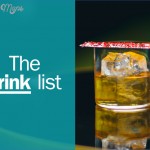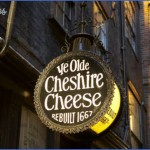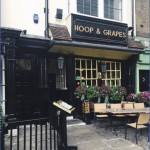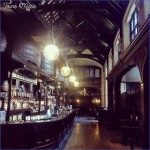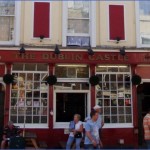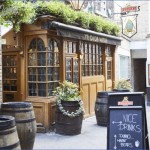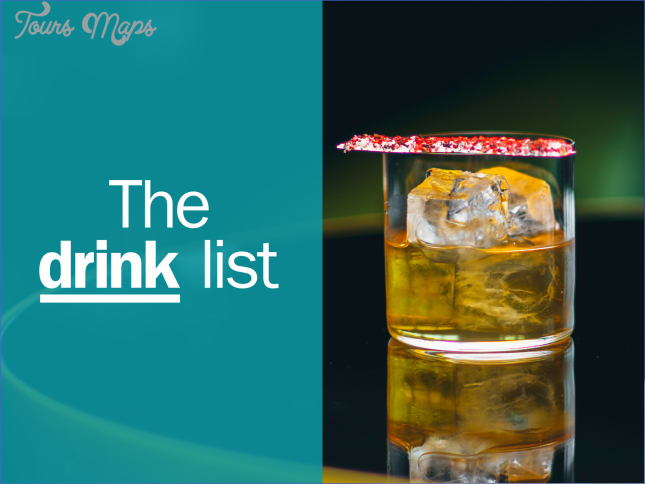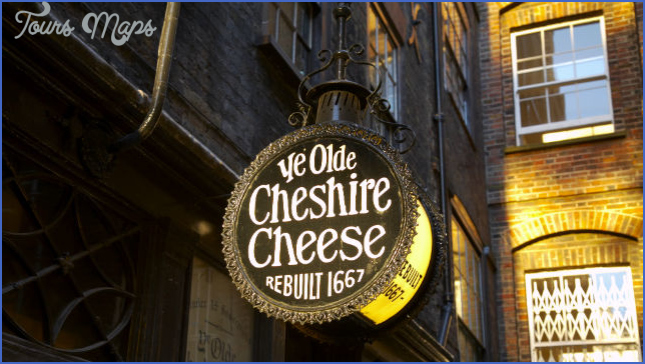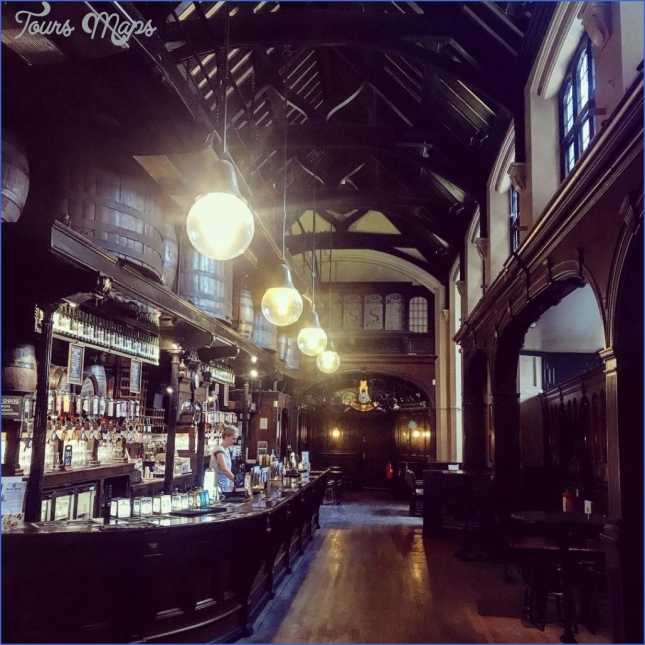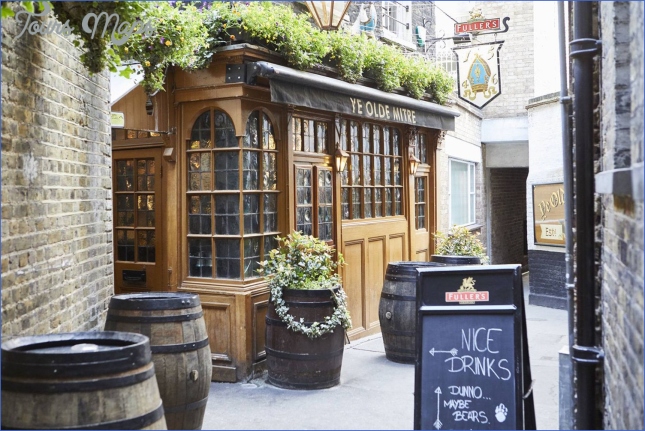For centuries, pubs have been meeting places and social spaces, somewhere to eat and drink, to find solace for an hour or friendship for an evening. London has many pubs with hundreds of years of history, more than anywhere else in the world, with notorious alumni, endless untold stories, and amazing interiors, making stepping inside feel like a trip in a time machine to stand at the bar beside ghosts of drinkers past. These are some of the best pubs that have retained their olde-worlde charms.
The Best Historic Pubs In London And Drink Where Many Great People Have Drunk Before You Photo Gallery
The Prospect of Whitby, which celebrates its 500th birthday in 2020.
It’s impossible not to be instantly impressed and overawed by the Dickensian darkness of Ye Olde Cheshire Cheese (145 Fleet Street, London EC4A 2BU), which hides down an alley off Fleet Street. Like many pubs in this part of town, it was destroyed in 1666 by the Great Fire of London and then rebuilt. But it has a history from before the flames, as a pub called The Horn existed there from 1538 and a monastery stood on the site in the 13th century.
Tread over the worn entry step and it’s like walking onto the set for the latest BBC adaptation of a Charles Dickens classic: sawdust on the dark wooden floorboards, myriad staircases taking you to snug and warm drinking rooms over different levels, and a wood fire crackling in the winter, while downstairs you sit inside vaulted cellars in the space thought to have been used originally by the monastery. When you visit, your name joins illustrious drinkers who have been there before you: Dickens, Dr. Samuel Johnson, Mark Twain, and Alfred, Lord Tennyson. The pub is now run by the Samuel Smith Brewery, so order a pint of their Old Brewery Bitter, which is still drawn from wooden barrels— just as beer would’ve been served when Dickens drank there.
Samuel Smith run a number of impressively antique London pubs, such as the Cittie of Yorke (22 High Holborn, London WC1V 6BN), the main room of which feels like a grand, old school hall or church, with a high-peaked ceiling, vast old wine vats, and a faint glow of light from outside that catches in the dusty air, to produce a whispering kind of intimacy. There’s also the Princess Louise (208 High Holborn, London WC1V 7EP), a short walk down High Holborn, which has a traditional Victorian interior that’s ornate and divided into many small drinking spaces—it’s unlike any other London pub.
The George Inn (75-77 Borough High Street, London SE1 1NH) has a fascinating 600-year history. As an inn, it was a place to rest, eat, and drink, and its location in Southwark, near the River Thames and London Bridge, made it a popular place to stop before embarking on further travels, either into or out of London, by foot, horse, or boat. Dickens definitely drank there and, in fact, mentions the pub in Little Dorrit; Churchill dined there; Pepys popped in for a pint; and, with the Globe Theatre nearby, we can guess that Shakespeare had a few pots of ale here too. Today it’s a busy pub by the bustling Borough Market, but the real beauty of it is the galleried front of the building—it’s London’s last remaining galleried coaching inn and, since it’s owned by the National Trust, the building is a tourist attraction in its own right. The oak beams and low ceilings inside feel cozy (when it’s not too busy).
Supposedly London’s oldest riverside pub, The Prospect of Whitby (57 Wapping Wall, London E1W 3SH) dates back to 1520. Obviously, that notorious drinker Dickens went there, and you can walk on the same original flagstone floor that he would’ve stood on. The bar top is made of pewter and much of the wood inside comes from old ships. Sit out back overlooking the Thames, where across the river you should be able to spot The Mayflower (117 Rotherhithe Street, London SE16 4NF), which is almost opposite and another historic river pub with a sea-inspired interior.
Other pubs to look for include The Spaniards Inn (Spaniards Road, London NW3 7JJ), in Hampstead, which has a lot of literary connections, including being mentioned in Bram Stoker’s Dracula, plus John Keats, Robert Louis Stevenson, William Blake, Mary Shelley, and Lord Byron all visited and, of course, Dickens drank there too. Ye Olde Watling (29 Watling Street, London EC4M 9BR) was said to have been built by Sir Christopher Wren in 1668 using timber from old ships, and he used the upstairs room to work on his designs for St Paul’s Cathedral—step outside the pub, look left, and you’ll see his amazing building. Then there’s the wonderful anomaly that is The Black Friar (174 Queen Victoria Street, London EC4V 4EG), a weird wedge of a building by Blackfriars Station, which looks very old but actually isn’t: it was renovated in 1905 in an Art Nouveau-style inspired by the Dominican friary that once stood there in the Middle Ages (it was technically a theme pub, but now kind of works as a history piece). It’s a visual treat inside: monks all around, it’s kind of cloistered in design, there’s an open lounge and fireplace—and look up at the unusual mosaic-tiled ceiling.
There’s something remarkable about drinking in these historic pubs. For me it’s the knowledge that so many other people have passed through them over the centuries, that so many stories have been told inside, so many beers drunk, and that they all hold a rare, elemental, comforting familiarity. To become a part of that pub’s story, even if just for the duration of a pint, is a rare experience.
Guests outside the George Inn in Southwark in 1910.
Maybe You Like Them Too
- THE 15 BEST London Wedding Hotels
- Visit To Some Wetherspoon Pubs For Some Of The Best Real Ales
- The Bermondsey Beer Mile They Should Rename It Beermondsey
- Visit To The Blue Anchor, Helston Not Quite Britain’s Longest-Running Brewpub
- Top London Craft Beer Spots to Visit

